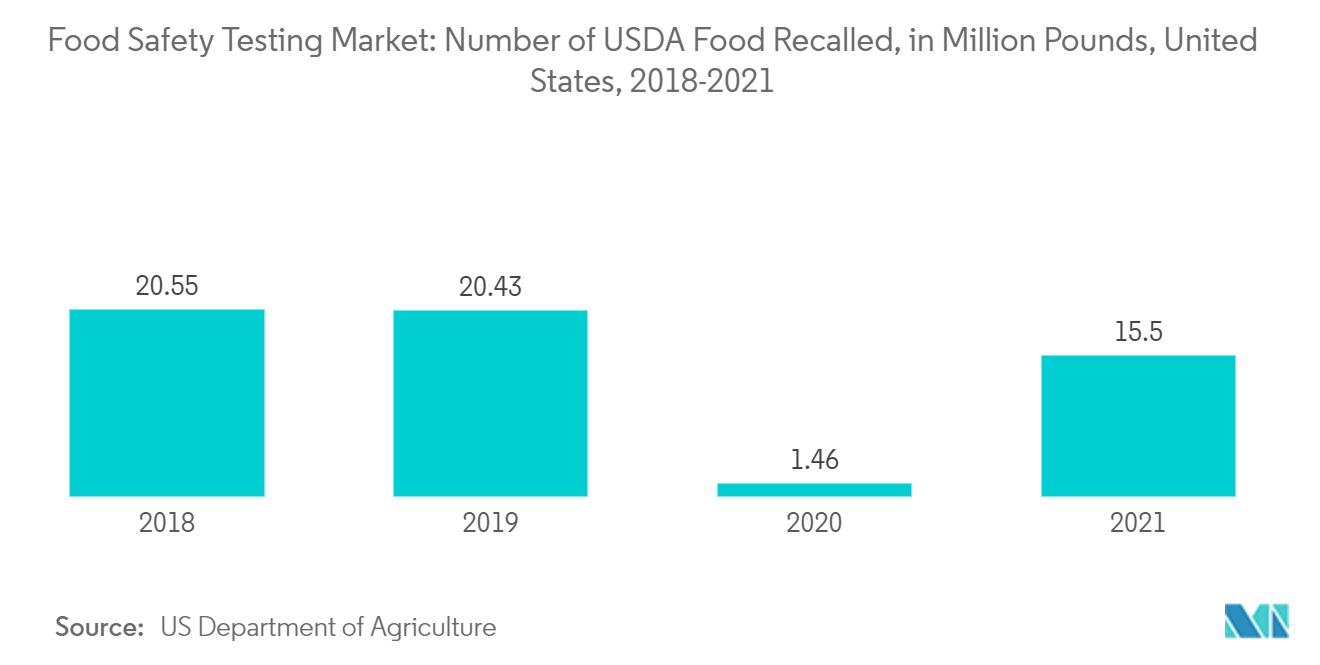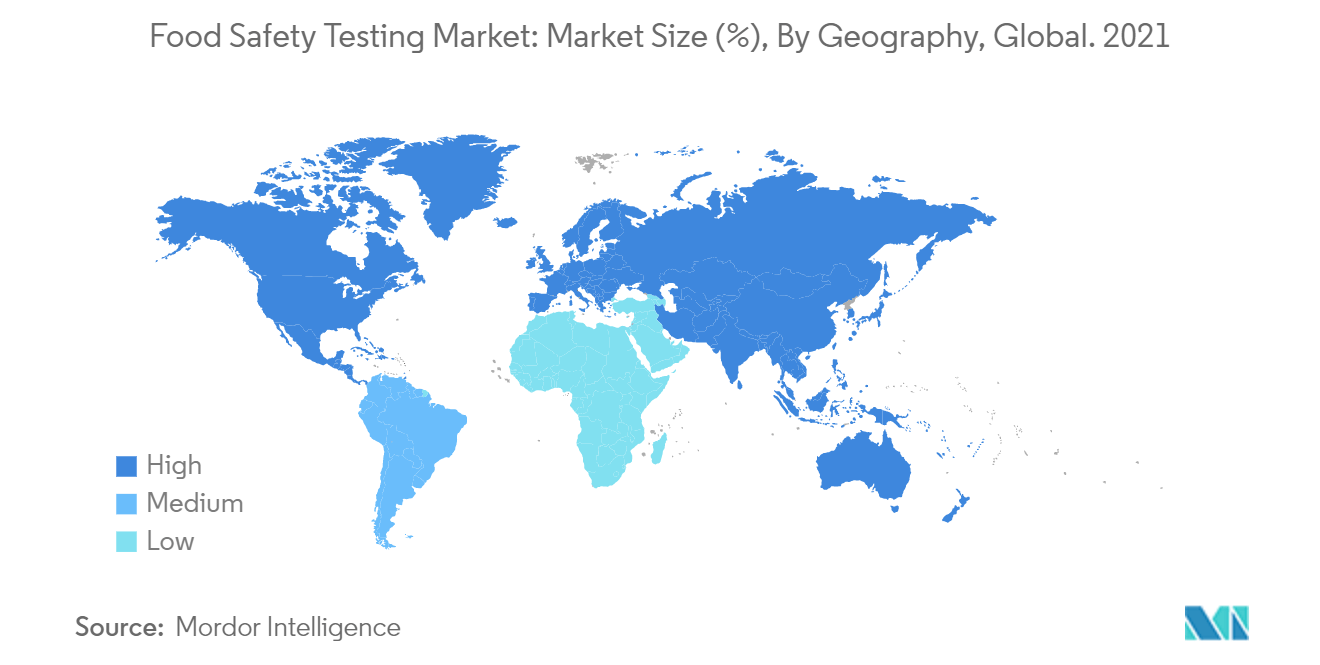Market Trends of Food Safety Testing Industry
This section covers the major market trends shaping the Food Safety Testing Market according to our research experts:
Growing Consumer Interest in Food Safety and Quality
The demand for high-quality food has continuously increased over the last few decades, owing to growing consumer awareness of food quality issues, as well as other factors, such as health and environmental repercussions. Food safety, quality, and labeling regulations are also being implemented by government bodies such as the Codex Alimentarius Commission. These organizations oversee monitoring and enforcing safety standards through effective food control activities.
Food additives (such as preservatives, emulsifiers, and colors) require government approval in the United States and several other developed countries before they can be used in foods. Producers of food additives are required to submit scientific data verifying the safety of their products. Laws and regulations create safety guidelines, which include assessments of many types of toxicities, such as carcinogenicity and effects on digestion, among others. Title 21, Part 170 of the United States Code of Federal Regulations defines a drug as safe when there is "an assurance that the material is not dangerous within the intended conditions and restrictions." Once a food component has been determined to be safe and approved, it can be employed in a variety of food applications.
With the rising disease incidences and awareness about foodborne diseases across the world, the current food safety testing market is shifting toward rapid culture-independent molecular or microbiological tests. Growing consumer interest in food quality has propelled high technological advancements, thereby driving the food safety testing market in both developing and developed countries.

Middle East and Africa is the Fastest Growing Region
Food and beverage companies and governments in the Middle East and African countries are stepping up to provide more assurance about food product safety and supply chain transparency to local consumers, as numerous research and polls show a high level of trust among consumers in the region. Over the past few years, the implementation of stringent regulations by leading food safety organizations, such as the Department of Agriculture, Forestry and Fisheries, the National Department of Health, and the Department of Trade & Industry, to prevent foodborne outbreaks has helped drive the growth of the South African food safety testing industry. Pathogen testing has remained one of the most dominant segments in the South African food safety testing market over the past few years. The increased application of pesticides in agriculture and the increased application of preservatives in off-the-shelf retail products have been driving the growth of the chemical and toxin testing segment as well as the genetically modified organism (GMO) testing segment of the market. Thus, the growing consumer concerns about food safety have helped propel the growth of the market in the region over the study period.


